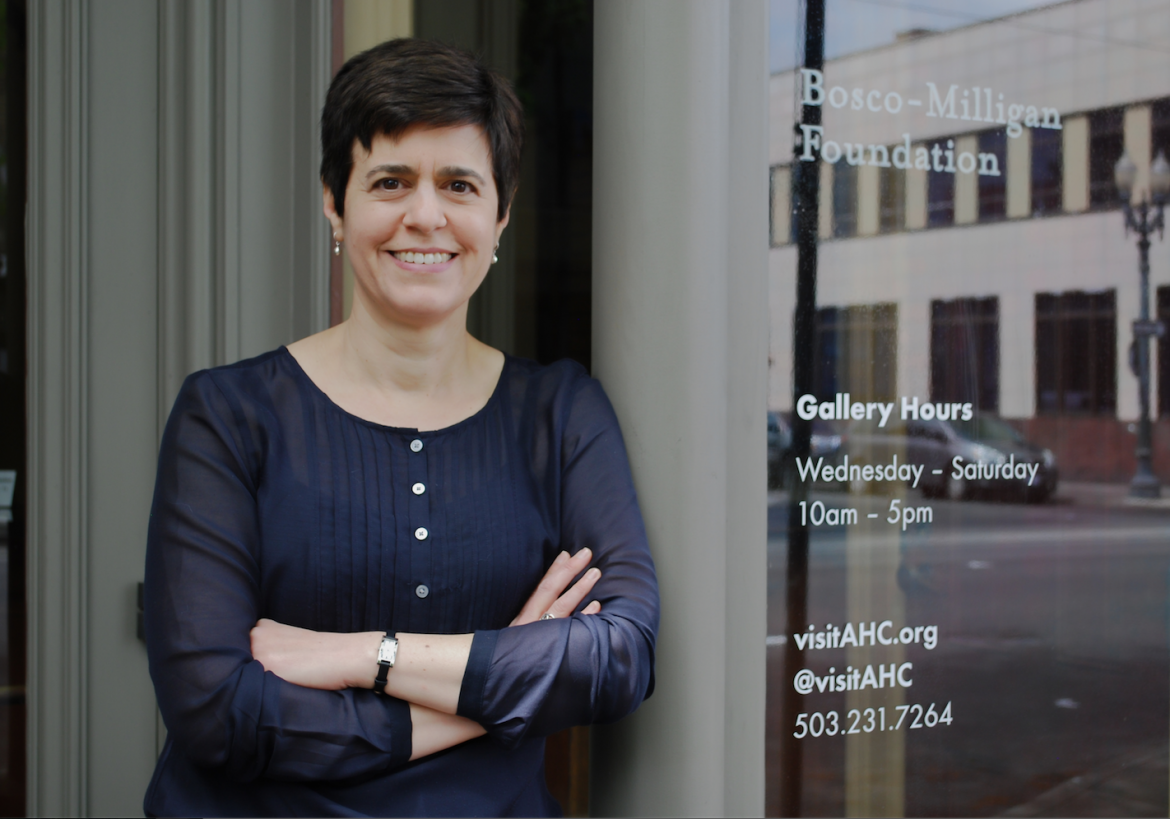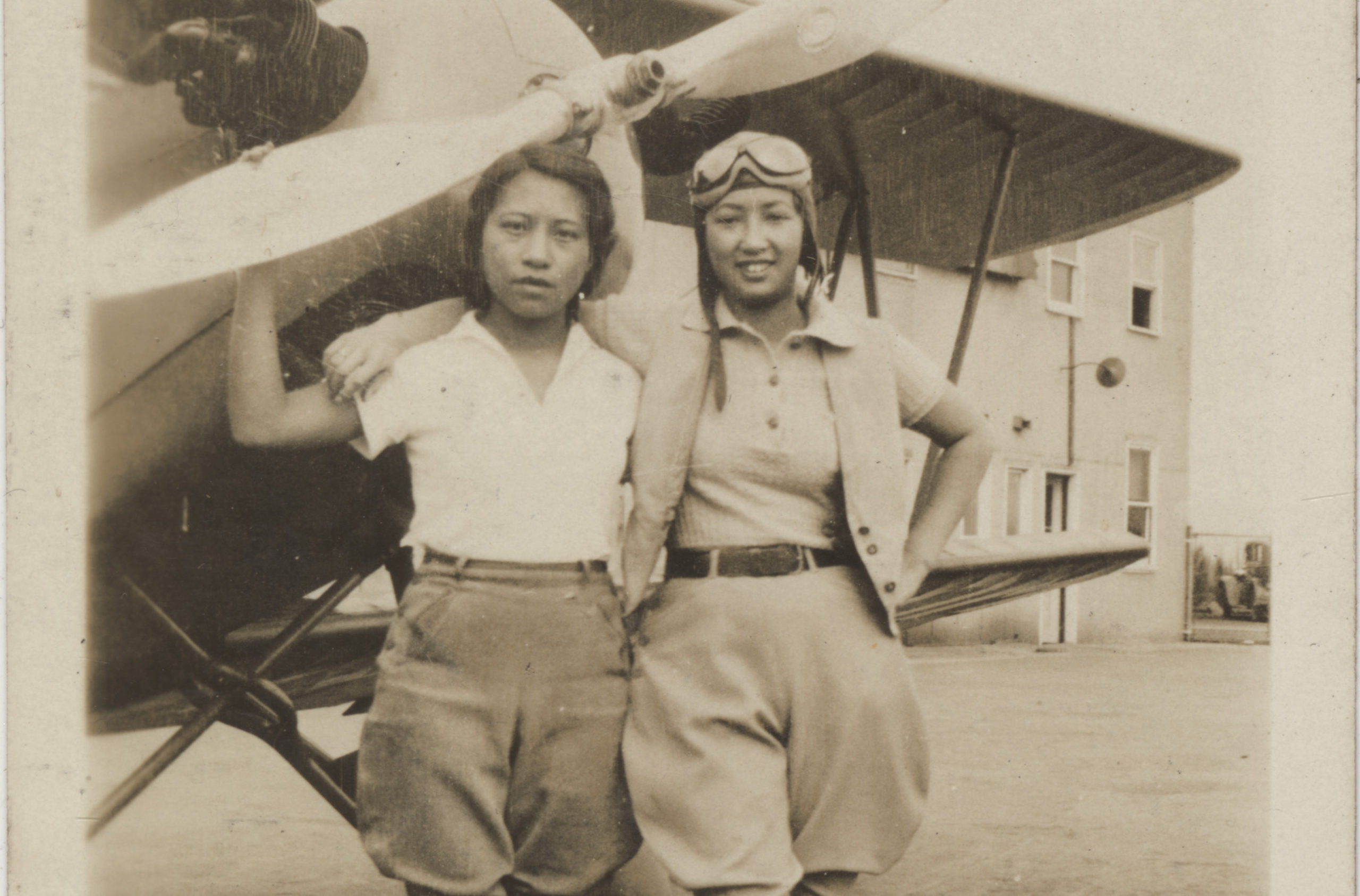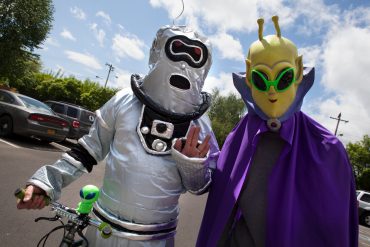Documenting African American heritage in Portland
interview by Isaac Peterson
Stephanie Whitlock is the new executive director of the Architectural Heritage Center in Portland, a nonprofit that seeks to conserve the art, craft and context of historic buildings and places in an effort to promote the city’s cultural heritage. She’s currently overseeing a unique collaboration that traces significant African American historic resources in Portland. Funded by a grant from the Oregon State Historic Preservation Office (SHPO), the project documents properties important to the city’s African American heritage.
How did the project come to be? Did the concept come from the AHC or from the City? How was the idea first formed?
This project is a great example of a non-profit/civic partnership that came out of the experience and efforts of both the AHC and the city of Portland. With the support of the SHPO grant, last year the city made a public call for a consultant for an eight-month project to document sites associated with the African American experience in Portland that are significant to the city’s history. The AHC was selected by the city to work on this project, which is fitting because the study of Portland’s African American heritage has been central to the AHC’s work for over two decades. We’ve organized exhibitions, tours, and curricula for third graders on the subject, and most notably, in 1995 we researched and published Cornerstones of Community: The Buildings of Portland’s African American History, which was updated in 1998 to be a 225-page book. I must acknowledge my predecessor as director of the AHC, Cathy Galbraith, who led these projects, which were collectively called Cornerstones.
Why is this project important for Portland?
The buildings and places that are part of the city’s African American history have in general been underrepresented in local and national historic designations. This project works to change that by laying the groundwork for what we hope will lead to some designations in the National Register that will help raise awareness of these structures and protect them into the future. The city has had a complicated history with its African American population. Urban redevelopment projects in the mid-20th century, such as new highway construction, led to the displacement of African American neighborhoods and the destruction of homes, neighborhood businesses, churches, and other institutions. Over the decades the city has lost so many historic buildings to demolition. It continues today at a very rapid pace, so it’s important that we document the architecture we still have and try to protect it. If this project can help save some buildings, that’s a huge win, but at least we will have a record of what we may lose.
Who are the members of your team and what are their roles?
It is a “dream team” because of the depth of their knowledge of and past work on Portland’s African American heritage – that, and they are just great to work with. I want to recognize their hard work on the project. The project is led by Cathy Galbraith, the founding director of the AHC, who has an almost unparalleled knowledge of Portland’s African American community and built heritage. Working with her on the research and documentation is Valerie Campbell Connerly, who is a past contributor to Cornerstones. Valerie is the first African American female architecture graduate of Portland State University and she works for the US General Services Administration. Also doing research and writing is Milo Reed, who is active with the Vanport Mosaic Project. Finally, Kim Moreland is volunteering her help with communications and outreach. Some may know Kim as the author of the 2013 book African Americans of Portland. She’s also a board member of the Oregon Black Pioneers and she’s on the AHC board as well.
Have you uncovered elements of African American history in the city that surprised you? Have you found things you think no one has heard of?
The original research for Cornerstones uncovered three times the number of buildings related to African American heritage than was expected. When the project began in 1995, the project identified about 300 buildings associated with African American individuals, institutions, and events. However, as that work expanded, 1,284 standing buildings were discovered. This current project works to refine that number further. This relates to something else that many do not realize, which is that African Americans lived all over Portland, not just in the Albina neighborhood. It was after 1919, when the Realty Board of Portland refused to sell houses to African Americans, as well as Asian Americans, in white neighborhoods that a larger enclave started to develop in lower Albina, where African Americans could be served by realtors.
How do you approach the research? What is your archive base?
Piecing together the history, relations, and associations in the African American community entails drawing upon a diverse range of sources from everyday existence, such as city directories, African American community newspapers, and building permits. One interesting source the team is using is title company records, which help determine home ownership patterns, such as whether African Americans were having new houses built or buying existing houses. When the original research was done in the late 1990s, Internet-based sources were not available, so Cathy and the team had to do a lot of “drive arounds” to check on which properties still existed. While today we have online sources such as Google maps to assist with the work, they are not always accurate and plus, the fast rate of demolitions taking place still necessitates personal visits to addresses. They never know what they will find: a standing building, an empty lot, or new construction. The research is racing against the clock, so to speak.
Have you been able to gather any information from interviews of long-time neighborhood residents?
This project wouldn’t be complete without the help of the community. We are having several community gatherings at which we seek input and information from the public, and we’ve also asked people to contact us with any information they may have that will help us document African American properties. People’s stories, family records, and photographs provide us with valuable information and oral histories about a neighborhood and its buildings that we might not otherwise know, like who lived in what house, who went to what church, or how the design of a structure belies its actual use. A great example of this is the Otto and Verdell Rutherford house in the King neighborhood, which is listed in the National Register. This c. 1905 bungalow was the site of some radical activism. The dining room was where the NAACP Federal Credit Union started and the Rutherfords were cranking out letters on a mimeograph machine in their basement. A lot of this is information that we can’t derive strictly from the archives. The prior work on the Cornerstones project entailed a lot of interviews with longstanding members of the African American community. Unfortunately, many are no longer alive and others are aging, so this project is timely.
What other resources are there for exploring the African American history of Portland?
In addition to the Cornerstones publication, which is available on Oregon.gov, and Kim Moreland’s book African Americans of Portland, there is Robert Dietsche’s Jump Town: The Golden Years of Portland Jazz, 1942-1957 and Elizabeth McLagan’s A Peculiar Paradise: A History of Blacks in Oregon, 1788-1940. In other media, Oregon Public Broadcasting recently produced a documentary called “Jazz Town” that looks at the music, people, and neighborhoods associated with the post-WWII Portland jazz scene and the destruction of the socially vibrant Williams Avenue. The resources on the websites of the Oregon Black Pioneers and The Vanport Mosaic are interesting to explore. Finally, if you’re interested in digging deeper, you can read the full National Register nominations for buildings such as the Rutherford House and Vancouver Avenue First Baptist Church on the website of the Oregon State Historic Preservation Office.
How have the Oregon Black Pioneers and others contributed to the project?
The Oregon Black Pioneers has produced books, exhibitions, presentations, and coursework on the state’s African American culture and heritage. They have made great contributions to our knowledge of African American history and in fact their work was recently recognized with the 2017 George McMath Historic Preservation award from the University of Oregon. The Vanport Mosaic project focuses on recording the experiences of those who lived through the Vanport flood of 1948. While each of these initiatives, including ours, have their own focus and goals, the work intersects to contribute to our knowledge of African American history in Portland and in Oregon.
The Vancouver Avenue First Baptist Church has been a significant center for African American history in Portland since the 1950’s, it was listed on the National Register just last year. The church was more than a place of worship because it also served as an important civic space or even safety net for the black community that offered programs like job training and mentoring. It was where many social and political grassroots movements took shape, especially during the Civil Rights Era. The church hosted many prominent visitors, like national NAACP leaders and Martin Luther King Jr., who delivered a sermon there in 1961and was memorialized there in 1968.
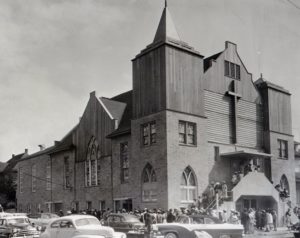
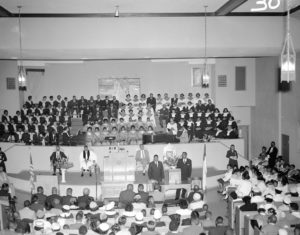
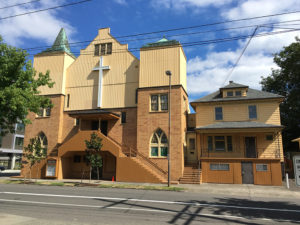
The Vancouver Avenue First Baptist Church seems to be an important hub for African American city life in the mid 20th century. Did the church help to anchor the African American community in Portland?
The 1909 Gothic Revival church was listed on the National Register just last year, owing to the significant role it played in the African American community, starting in 1951, when the congregation moved into the church, until 1968, when the church hosted a citywide memorial for Martin Luther King Jr. that attracted 1,500 people. A church member named Raymond Burrell has done substantial research on the church and authored its nomination for the National Register. The church was more than a place of worship because it also served as an important civic space or even safety net for the black community that offered programs like job training and mentoring. It was where many social and political grassroots movements took shape, especially during the Civil Rights Era. The church hosted many prominent visitors, like national NAACP leaders and Martin Luther King Jr., who delivered a sermon there in 1961. The church was remodeled in the late 1950s to accommodate a rapidly growing congregation, one of the largest African American congregations in the Pacific Northwest for many years.
When your project is completed, what will change for property owners that want to submit to the National Registry of Historic Places? Will there be a database where people can look up street addresses associated with the project?
Our project takes a general approach and documents the history, themes, and trends of the African American built heritage in in Portland, but it lays the groundwork for individual owners who wish to use it to submit their particular properties for consideration to the National Register. The data from this project will be posted publicly on the State Historic Preservation Office website for all to access. Getting a property on the register is a lengthy process, but it’s an important one, and this project will be a tremendous resource. I think the project also signals that there are a lot of people and institutions who care deeply about this heritage, and while it’s up to an individual to undertake the nomination process, in a sense, we are all working on this together.
How will your project change how we experience the city?
Projects like these on the urban and social history of the city draw awareness to the buildings and places we need to protect, not demolish, in order to preserve and remember our history, even the challenging aspects of the past. We don’t want to become any bland city that could be anywhere in the country. I think most people find Portland desirable because of its unique history and architecture, so why would we want to squander that? Secondly, I think this project shows that very unassuming buildings can hold some fascinating histories. The modest structures that we walk by everyday are an essential part of our past and they are just as important to protect as the well-known and iconic architecture.


